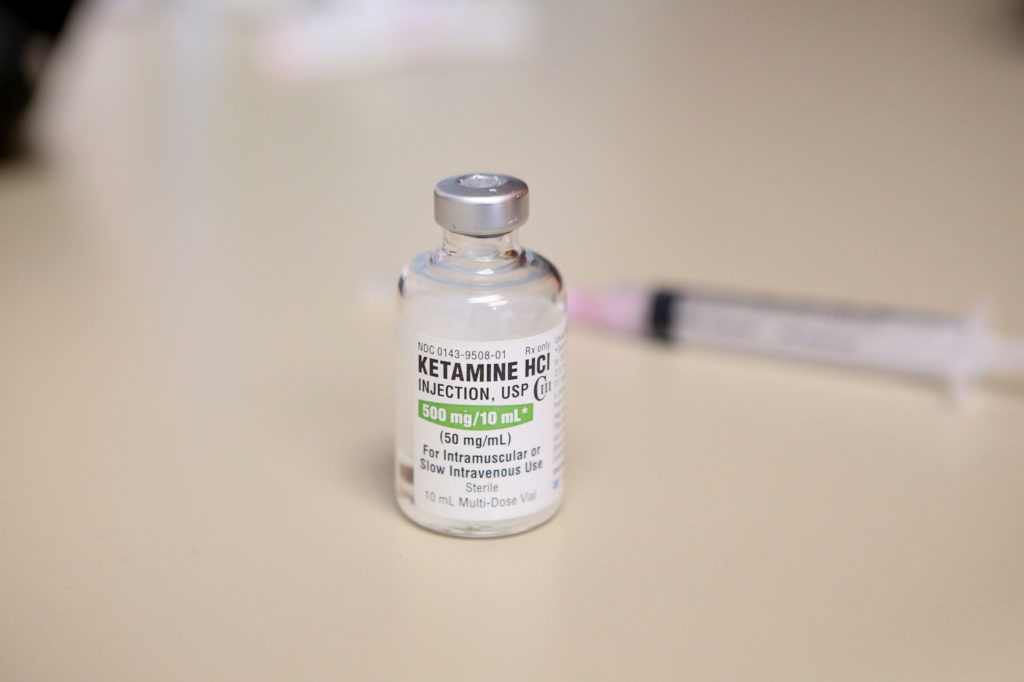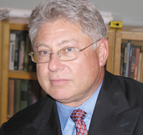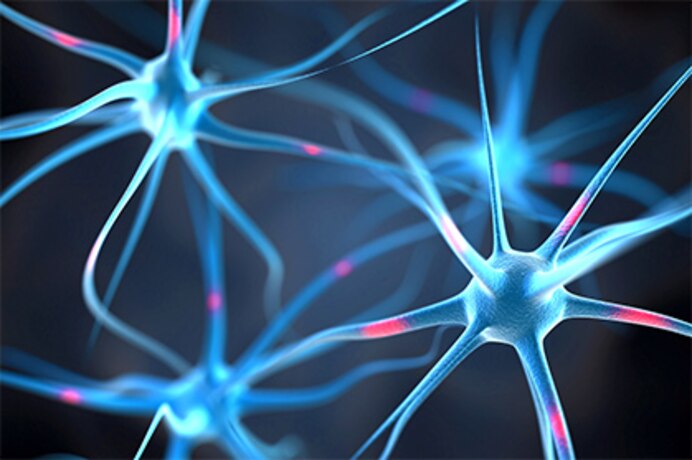Guest Bloggers
New Hope for PTSD Treatment,
May 16, 2019
Newly Identified Neural Circuit May Be Target for Future PTSD Treatments
A research team funded by the Hope for Depression Research Foundation (HDRF) has identified a specific circuit of young adult-born neurons in the brain that plays a key role in the recognition of a safe versus hazardous situations.
Their findings, recently published in Science, could pave the way for more targeted treatments for conditions such as PTSD that are associated with hypervigilance and recurrent distressing memories.
“Without these cells, we would be incapable of distinguishing similar situations from each other, a process sometimes termed pattern separation, which is critical not only for forming novel memories but also for discriminating between safe and dangerous contexts,” said the study’s senior investigator, René Hen, PhD, of Columbia University, and a founding member of HDRF’s Depression Task Force.
Click here to read the full article…
Neuroscience Delivers New Drug for Postpartum Depression,
March 22, 2019

F.D.A. Approves Drug for Postpartum Depression
One in nine women in the United States experience symptoms of postpartum depression, a terrifying illness that is often difficult to treat.
That’s why we’re excited by news that the FDA has approved Brexanolone, a drug over 40 years in the making that is the first ever to specifically target the condition. (New York Times: F.D.A. Approves First Drug for Postpartum Depression)
The approval of Brexanolone is a cause for celebration for the entire field of neuroscience.
“It is one of the first drugs that fulfills the promise of basic neuroscience to provide truly novel and effective treatments for psychiatric disorders,” said National Institute of Mental Health Director Dr. Joshua Gordon, who was also a founding member of HDRF’s Depression Task Force before he was tapped by the federal government.
Novel Depression Treatment in the News,
February 15, 2019

In a milestone for the field, the new drug Esketamine is expected to be approved by the FDA
Many of you have seen in the headlines that a new antidepressant is expected to soon be approved by the Food and Drug Administration.
The New York Times reported yesterday that an advisory panel at the agency has voted in favor of recommending approval of the new drug, the nasal spray Esketamine, to treat severely depressed patients. Developed by Johnson & Johnson, Esketamine is a form of ketamine, an anesthetic for humans and also a powerful sedative for horses. (Click here for the story.)
If approved, Esketamine would provide patients that have failed more than two depression treatments with a rapidly-acting drug that is effective in a matter of days. Currently available antidepressants can take several weeks before they are effective. Its rapid action makes ketamine a valuable treatment for suicidal depression.
Click here to read the full article…
Breakthrough Research from HDRF,
September 5, 2018

What is Acetyl-L-Carnitine? Depression linked to low levels of brain molecule
A major study funded by Hope for Depression Research Foundation (HDRF) at Rockefeller University has revealed that a compound known as Acetyl-L-Carnitine (LAC) may be a biomarker for depression — a discovery that could lead to a potential blood test for depression.
The study, published July 30 in Proceedings of the National Academy of Sciences (PNAS), also points to a breakthrough new class of anti-depressant that is faster-acting and free of side effects than the current treatments that have been in use for the past 30 years.
Click here to read the full article…
In the Wake of Celebrity Suicide,
June 15, 2018

Since the shocking suicides of Kate Spade and Anthony Bourdain, calls to the national suicide hotline have surged. The story was featured recently in the Wall Street Journal, with the staggering statistic that the rate of suicide in New York is five per hour. (read more)
But reaching out for professional help should not have to wait for a tragic headline. This weekend the New York Times had two feature articles about:
1) the rising suicide rate in the United States (read more)
2) the ongoing stigma around depression — a deadly barrier to treatment. (read more)
Click here to read the full article…





